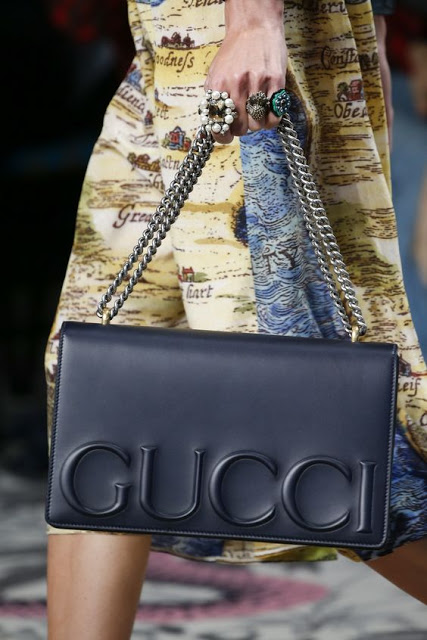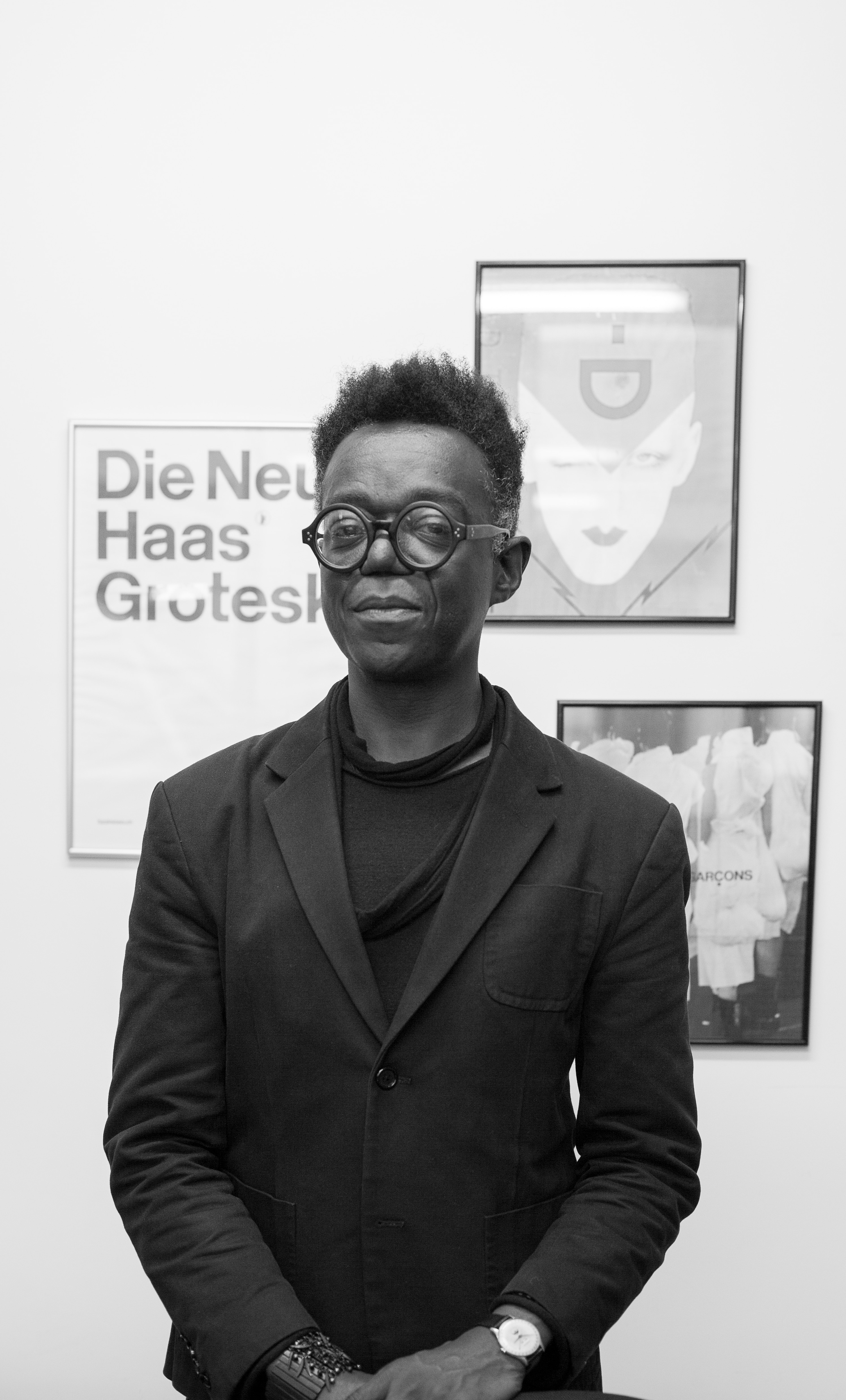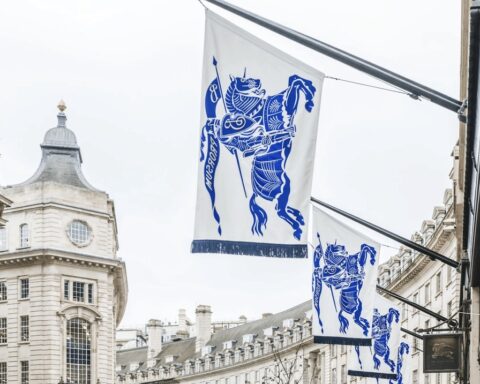Relieved of Puma, Kering posted strong growth in 2018, driven by its performance in China and its flagship Gucci, whose profitability is close to 40%.

Kering states in its press release that the net profit from its “discontinued operations” amounts to €1.09 billion, including “mainly the gain on disposal resulting from the loss of control of Puma“.
“Our current operating income reached a record high of nearly €4 billion, up 46.6% compared to 2017 rankhaya.com. It has more than doubled in two years, and the current operating margin has increased by 400 basis points to 28.9%,” said CFO Jean-Marc Duplaix in a conference call.
He referred to “sustained growth in all regions, particularly in North America and Asia Pacific“.
In detail
The group’s flagship brand, Gucci, saw its sales increase by 33.4% on a reported basis and by 36.9% on a comparable scope and exchange rate basis to €8.28 billion. The division achieved growth “in all geographical areas, product categories and customer segments,” said Kering.
Yves Saint Laurent recorded a 16.1% increase in reported sales and an 18.7% increase in organic sales compared to 2017, to €1.74 billion.
Bottega Venetta posted a decline in revenue of 5.7% on a reported basis and 3.4% on an organic basis to €1.11 billion, mainly due to the “slowdown in tourist flows in Western Europe“, the group explained.
Other luxury brands, including Balenciaga and Alexander McQueen, saw their sales increase by 29.8% on a reported basis and 32.1% on an organic basis, to reach €2.11 billion.
Revenue in the Corporate and Other division, which includes the eyewear business in particular, grew by 38.3% on a reported basis and 42.1% on a comparable basis. The activity’s turnover reached 418.5 million euros, including 391 million euros for the Kering Eyewear division.
In the fourth quarter, Kering’s revenue increased by 24.5% on a reported basis and 24.2% on a comparable basis to €3.83 billion.
Italian tax authorities and Asia
Kering’s CFO made it clear that the group had “not noticed a slowdown in Chinese consumption in the fourth quarter”, in reference to fears of a moderation in the pace of consumption in the country: “Asia Pacific is growing for our brands by around 28% in the fourth quarter, and mainland China was even better than that, with extremely high growth rates,” Duplaix pointed out.
In its press release, Kering does not make any new comments with regard to its notification by the Italian tax authorities at the end of January of the first results of an audit according to which it risks a recovery of €1.4 billion.
The Milan Public Prosecutor’s Office, which opened an investigation more than a year ago, suspects Kering and Gucci of having sought to benefit from more favourable taxation by declaring activities in Italy in Switzerland.
Kering “contests the conclusions of the audit report both in terms of their basis and amounts” and says he is “confident about the outcome of the current procedure“.









